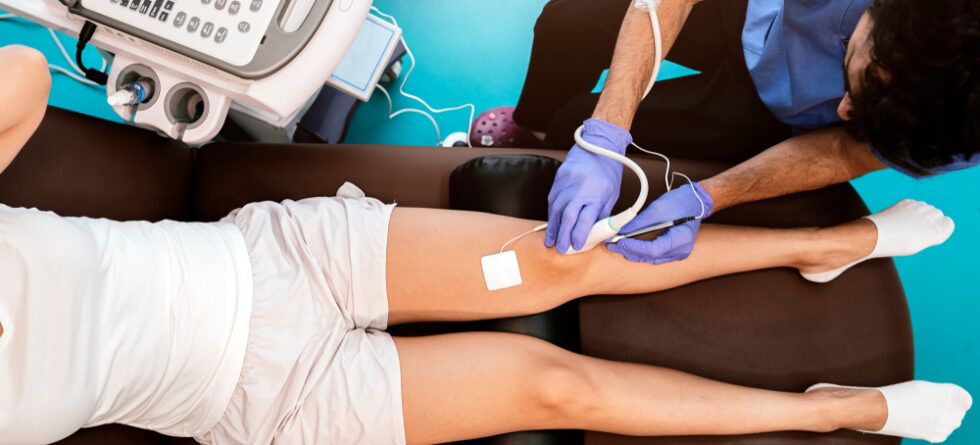The best therapy for knee pain often depends on the cause of the pain, its severity, and the individual’s overall health and lifestyle. A combination of treatments is typically most effective, as it addresses various aspects of knee pain and promotes healing. Here are some commonly recommended therapies for knee pain…
1. Physical Therapy
- Key Benefits – Improves strength, flexibility, and range of motion. Physical therapists can tailor exercises to target specific issues contributing to knee pain, such as weak muscles or poor flexibility.
- Techniques – These may include exercises, manual therapy, and modalities like ultrasound or electrical stimulation.
2. Exercise
- Low-Impact Activities – Swimming, cycling, and walking can strengthen the muscles around the knee without adding stress to the joint.
- Strength Training – Focuses on strengthening the quadriceps, hamstrings, and other muscles supporting the knee.
- Flexibility Exercises – Stretching exercises help maintain or improve the flexibility of the muscles and tendons around the knee.
3. Weight Management
- Reducing Strain – Extra weight puts additional strain on your knees. Losing weight through a healthy diet and exercise can significantly reduce knee pain and prevent further damage.
4. Medication
- NSAIDs – Nonsteroidal anti-inflammatory drugs (like ibuprofen) can reduce inflammation and pain.
- Acetaminophen – Can be effective for pain relief, though it does not reduce inflammation.
- Topical Creams – Creams and gels applied directly to the knee can provide pain relief with fewer side effects.
5. Injections
- Corticosteroid Injections – These can provide rapid relief from inflammation and pain but are generally limited in frequency due to potential side effects.
- Hyaluronic Acid Injections – Mimic the joint fluid in the knees, providing lubrication and potentially reducing pain.
6. Assistive Devices
- Knee Braces or Orthotics – Can provide support, improve stability, and reduce pain during activity.
- Walking Aids – Using a cane or walker can help reduce the load on the knee joint during recovery.
7. Alternative Therapies
- Acupuncture – Some people find relief from knee pain through acupuncture, which involves inserting thin needles into specific points on the body.
- Heat and Cold Therapy – Applying heat can relax muscles and improve lubrication in the joint, while cold can reduce inflammation and numb pain.
8. Surgery
In cases where conservative treatments do not provide relief, and the knee damage is severe (such as significant arthritis or structural damage), surgery may be considered. Options include arthroscopic surgery to repair damage, partial or total knee replacement, or osteotomy to realign bones.
Conclusion
There’s no one-size-fits-all answer to the best therapy for knee pain– it’s often a combination of treatments tailored to the individual’s specific condition and needs. It’s crucial to consult with healthcare professionals, such as a primary care physician, orthopedic specialist, or physical therapist, to develop an effective treatment plan.



